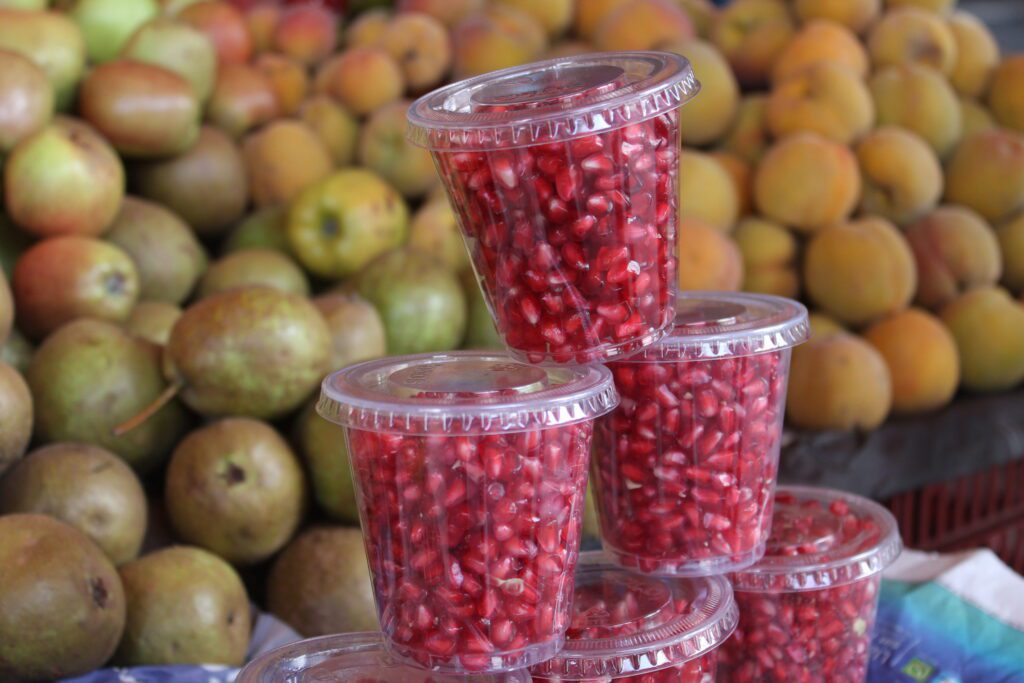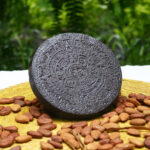The Mexican fight for independence started on September 16th, 1810. However, we nowadays start celebrating Independence Day and devouring Mexican food in August and formally on September 15th.
Even though Mexico has delicious food regardless of the season, our favorite month stands out because of the varied and exquisite Mexican dishes many restaurants and home cooks prepare. Everyone wants to honor our country with the best flavors for its birthday!
The classic dishes for September 15th and 16th are pozole and chiles en nogada, at least in Mexico City and other states. Yet, many families also prepare mole, tortas, pambazos, tamales, or cravings such as sopes, enchiladas, and tacos.
Chiles en nogada
It is constantly said that the chiles en nogada was prepared for the first time in 1821 by a couple of nuns from the Santa Mónica convent in Puebla. Supposedly, they wanted to surprise General Iturbide with a dish containing the Mexican flag’s colors.
Nevertheless, no recipes for these stuffed poblanos have been found before 1930, which means the old story of its origins is likely just a myth. There is not even an original recipe, so the poblanos can be capeados (egg-batter-fried), depending on the cook and the customer’s preferences.
“Smalted with translucent, bright, rubi grains, a white almost ermine nut mantle covers the intense green of the chili. Within a bite, the baroque greatness of the meat stuffing arises, wrapped in the fleshy poblano pulp, and mixes greedily with the soft perfume of the sauce and within the bittersweet flavor that encloses every pomegranate grain like an intact capsule”. – Alfonso Reyes, Mexican intelectual
The chiles en nogada are so delicious that many Mexicans don’t understand why they’re only available during this time of the year. However, the answer resides in its ingredients.
During August and September, the poblanos are less hot, which helps balance the flavors between the picadillo (stuffing) and the nogada (sauce).
On the other hand, the yellow peach, the panochera apple, and the milk pear used for the picadillo are all seasonal, as well as the walnuts that grant the nogada its unique flavor, and the pomegranate that contributes to the final touch.
Now that you know more about the flavors inside Mexican celebrations, take advantage of these days to plunge into a kitchen and experience the unique flavors and textures that compose classic Mexican dishes.
Follow us on our social media, Sabores México Food Tours, and stay in touch with our projects. Also, you can read our blog and learn more about Mexican culture and gastronomy.
We recommend these articles about Mexican culinary techniques and traditional dishes, so you discover basic Mexican cooking skills and get inspired when the cooking time arrives. Viva México and enjoy your meal!
If you’re in Mexico City and are curious to discover the city’s matchless food scene, join us on one of our Mexico City Food Tours.
Article by: María José Ordóñez Platas







